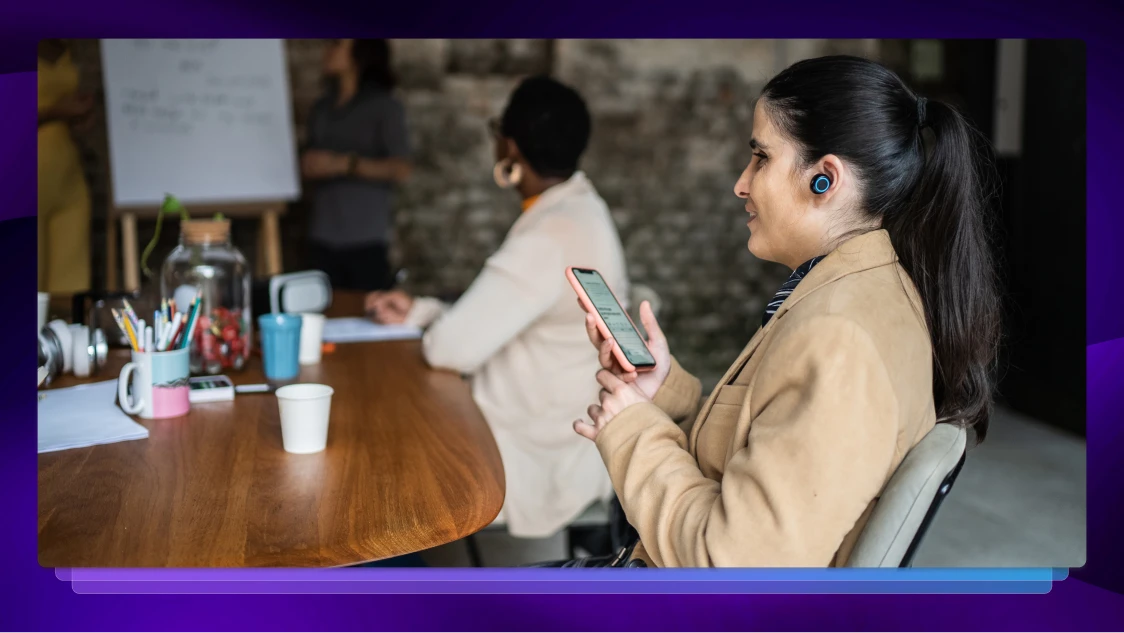Can Closed Captions Improve Literacy?
Captions provide children the opportunity to turn movies, shows, and YouTube videos into a chance to learn new words and become more confident readers.

Can watching video with closed captions turned on improve literacy? In short, yes.
In recent years, researchers have made significant strides in understanding the connection between closed captions and literacy among students around the world. Studies in England, India, Finland, and other countries have shown that when teachers include videos with captions, students demonstrate a notable increase in their reading and comprehension skills. So what is it that makes captions great for improving literacy?
Provide Motivation to Read
Studies examining the impact of captions on literacy have consistently reported that students prefer using closed captions to learn how to read. Teachers who incorporate videos with captions into their lessons will likely find that students are more focused and exhibit better comprehension. Since many non-readers or pre-readers shy away from text-heavy media such as books or newspapers, captioned videos are a good way to ease students into a reading exercise that is familiar and approachable. This is especially true for students that have language-based learning disabilities or that speak English as a second language.
Additionally, one study conducted in India suggests that students engage even more when the captioned media being shown is content they like or are familiar with. In this study, students watching Bollywood films with captions wrote down the lyrics to their favorite songs in order to read them later and memorize them. Independent studies showed that just 30 minutes of exposure to captions on Bollywood film songs over a 3-5 year period more than doubled the number of functional readers in primary school.
Improve Reading and Comprehension Skills
In another study, researchers found that Finnish children have some of the highest reading scores compared to students of other countries, even though they don’t start formal schooling until the age of 7. Separate data suggests that families in Finland also use closed captions more frequently than families from other countries, and this connection could be further proof that the simultaneous presentation of visual, audio, and text content reinforces reading ability.
Specifically, dozens of studies have shown that closed captions can help first-time students, adult learners, and even ESL students improve their skills in reading speed, language fluency, vocabulary, and comprehension. In that same vein, reading a physical book rather than listening to an audiobook has been shown to improve comprehension skills.
Learn Advanced Vocabulary
There’s evidence to suggest that closed captions on video can be especially helpful in new vocabulary acquisition, which is one of the longest and most daunting aspects of reading education. As we covered in our post on closed captions and ESL learners, this is especially true when students are trying to learn more complex and content-specific vocabulary words. If, for example, you produce a video that’s specific to one industry or hobby, you will likely use many words that students may not encounter on a regular basis. Closed captions are an effective tool for teaching these uncommon words because they show them being used in their appropriate context, and also give students the ability to pause, write down new words, and look up their definitions before proceeding.
Captioned Content is Readily Available
There’s a seemingly endless supply of free programming featuring closed captions available on broadcast television and online to use as teaching aides. In fact, the FCC requires that all television in the United States have closed captioning that is accurate, synchronous with the audio, complete, and placed properly as to not distract from the visuals on screen. More than that, the FCC also requires that any content online that was originally broadcast on television also feature closed captions.
Studies also show that captions are intuitive to understand and may be less alienating than books. Because many non-readers or pre-readers shy away from text-heavy media such as books or newspapers, captioned videos are a good way to ease students into a reading exercise that is familiar and approachable.
Learning to read takes lots of practice and plenty of motivation to keep students in the mindset to learn. Captions offer a massive source of material, and give students the opportunity to turn every movie, television show, and YouTube video into a chance to learn new words, reinforce their skills, and become more confident with reading.















